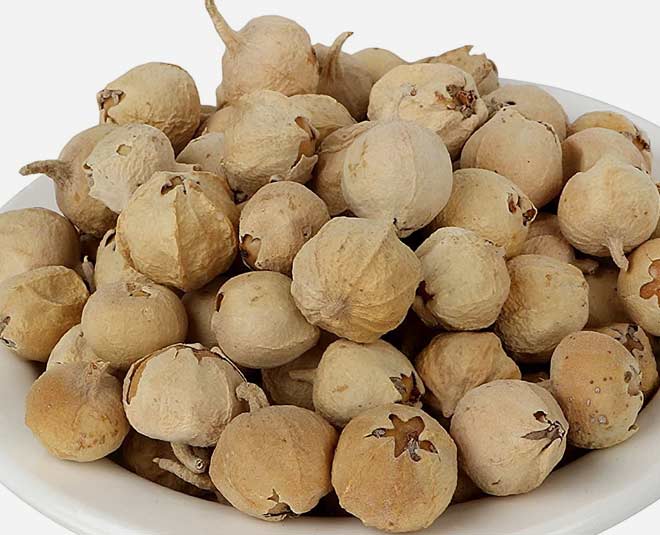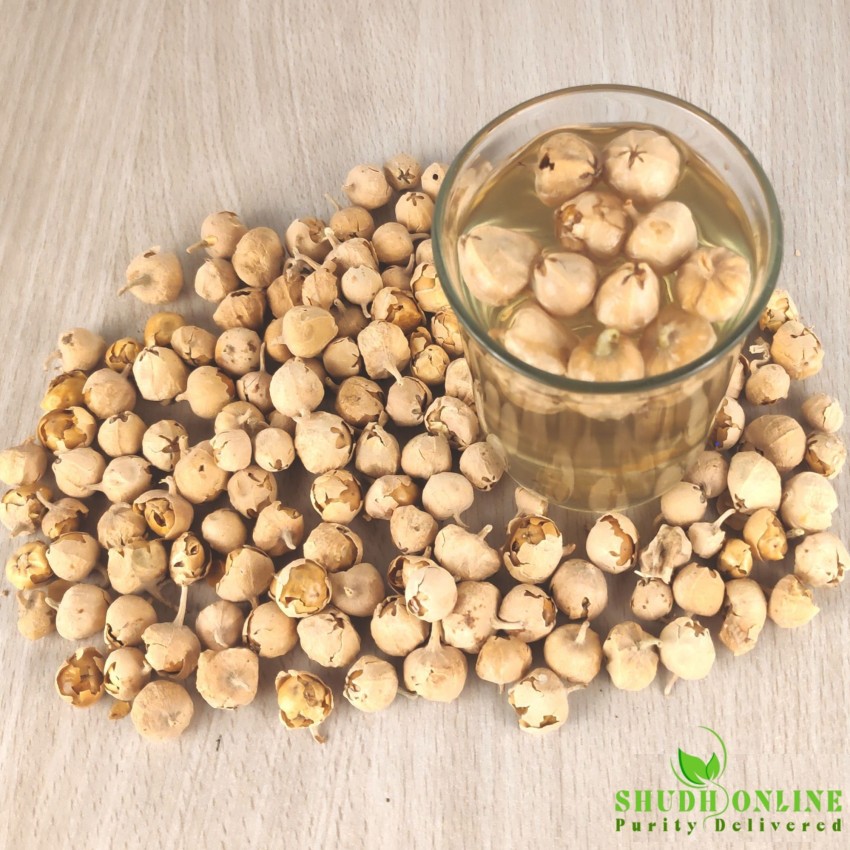अभी हमारे स्टोर में खरीदें
Paneer Ke Phool in English: Your Comprehensive Health Guide

Introduction
Have you ever come across a natural remedy that people praise for its potential to regulate blood sugar, aid digestion, or even help in traditional cheese-making? Meet Paneer ke phool. In English, this intriguing ingredient is commonly referred to as “Indian Rennet” or by its botanical name, Withania coagulans. A lesser-known botanical relative of ashwagandha (Withania somnifera), Indian Rennet has been celebrated in traditional and folk medicine for centuries.
This article takes a deep dive into the history, science, and practical use of Paneer ke phool in English—helping you understand why it’s garnering attention from health enthusiasts and researchers alike. We will walk you through current findings, medical guidelines, dosage recommendations, potential benefits and side effects, and scientific opinions on its role in supporting wellness. Whether you are a healthcare professional looking for evidence-based data or someone seeking natural alternatives for daily well-being, this article will serve as a comprehensive resource.
Disclaimer: The information provided here is for educational purposes only. Always consult a qualified healthcare provider for personalized advice, diagnosis, or treatment.
Table of Contents
1. What Is Paneer Ke Phool in English?
When we say Paneer ke phool, we’re referring to the dried fruits (often called “flowers”) of the plant Withania coagulans. Its English name, “Indian Rennet,” stems from its historical use in coagulating milk—much like animal rennet is used in cheese-making. In India, people often label it “Paneer Doda” or “Paneer ka Phool,” indicating its role in producing paneer (cottage cheese).
Related Terms (LSI Keywords):
-
Withania coagulans
-
Indian Rennet
-
Paneer Doda
-
Rishyagandha (another traditional name)
Quick Facts
-
Botanical Family: Solanaceae (Nightshade family)
-
Closest Famous Relative: Ashwagandha (Withania somnifera)
-
Geographical Origin: Native to India, parts of Pakistan, and Afghanistan
-
Main Traditional Use: Milk coagulation and various herbal remedies
In Ayurvedic and Unani medicine systems, Withania coagulans has long been revered for its alleged health properties. Today, modern science is taking a closer look at its potential benefits, especially in metabolic disorders, inflammation control, and general wellness.
2. The Science Behind Indian Rennet (Withania coagulans)
Like many traditional plants, Withania coagulans contains a rich profile of bioactive compounds. Researchers have identified various phytochemicals believed to be responsible for its potential therapeutic effects:
-
Withanolides: These steroidal lactones are also found in ashwagandha. They are studied for anti-inflammatory, antioxidant, and immunomodulatory properties.
-
Alkaloids: Known to exert an influence on the nervous system and other physiological functions.
-
Flavonoids: Plant compounds that have been researched for their antioxidant effects, helping to combat oxidative stress in the body.
-
Saponins: Often associated with cholesterol-lowering and immune-boosting activities.
According to a study published in the Journal of Ethnopharmacology (2019), extracts of Withania coagulans showed promising antioxidant activity. Researchers hypothesize that its combination of phytochemicals may synergistically enhance metabolic health and defend against cellular damage. However, these findings are preliminary and require larger human clinical trials to confirm efficacy and safety profiles conclusively.
3. Key Health Benefits
While Paneer ke phool needs more robust clinical evidence, initial research and centuries of traditional use highlight several areas of potential benefit:
3.1 Blood Sugar Regulation
One of the most frequently cited reasons individuals use Paneer ke phool is to manage or maintain healthy blood sugar levels. An older study in the Indian Journal of Experimental Biology (2013) suggested that supplementation with Withania coagulans extract improved glucose tolerance in animal models. Its purported effect on insulin sensitivity and glucose metabolism warrants further investigation in human subjects.
3.2 Anti-Inflammatory and Antioxidant Effects
Ongoing research in the Journal of Traditional and Complementary Medicine indicates that Withania coagulans’ withanolides and flavonoids may have anti-inflammatory properties. Chronic inflammation is linked with various conditions, including arthritis and cardiovascular disease. Thus, if validated, these anti-inflammatory properties could make Paneer ke phool a supportive aid in general health maintenance.
3.3 Digestive Health
Historically, Indian Rennet was used not just for milk coagulation but also to support digestive processes. In Ayurvedic traditions, it’s often recommended for easing mild digestive discomfort and helping maintain regular bowel movements. Limited studies suggest that it might support gut health through its natural enzyme content, although specific human trials remain sparse.
3.4 Cardiovascular Support
Research indicates that some withanolides may assist in regulating lipid profiles. This is of interest to those aiming to maintain a healthy heart. However, most studies thus far are either animal-based or in vitro (lab-based). A peer-reviewed article in the Phytomedicine journal (2021) emphasizes that more rigorous, large-scale clinical trials are needed to draw definitive conclusions about its effect on cholesterol and blood pressure.
3.5 Potential Immune Support
Given the plant’s antioxidant content, some health practitioners believe Withania coagulans could offer modest support for the immune system by reducing oxidative stress. This is an ongoing area of research, and future human studies might shed more light on its direct and indirect impacts on immunity.
Important Note: While initial data looks promising, these potential health benefits are based on limited clinical research. Consult your healthcare provider before integrating Paneer ke phool into any treatment plan, especially if you have pre-existing medical conditions or take prescription medications.
4. Traditional vs. Modern Uses
Traditional Uses:
-
Cheese-making: Soaking the dried fruits in milk to curdle it for paneer or similar cheeses.
-
Ayurvedic Medicine: Used as a remedy for indigestion, diabetes management, and mild respiratory issues.
-
Folk Medicine: Brewed into decoctions or teas for general wellness.
Modern Adaptations:
-
Nutraceuticals: Some health supplements include Indian Rennet as a supportive botanical for metabolic health.
-
Functional Foods: Experimentation in functional beverages and dairy products is ongoing, leveraging its coagulating properties.
-
Research Studies: Scientists are analyzing it for novel applications in drug discovery, particularly for anti-inflammatory or anti-diabetic properties.
5. Safety and Side Effects
Though widely considered safe when used traditionally, systematic human safety data on Withania coagulans remains relatively sparse.
-
Allergic Reactions: Individuals allergic to the nightshade family (Solanaceae) should exercise caution. Reactions could manifest as skin irritation or digestive discomfort.
-
Drug Interactions: If you are on medications for blood sugar control, cholesterol management, or blood pressure regulation, consult a healthcare provider, as Indian Rennet may potentiate or reduce the effectiveness of certain drugs.
-
Digestive Upset: Overconsumption or improper preparation could lead to mild gastrointestinal symptoms such as bloating or cramping.
-
Pregnancy and Lactation: Insufficient data is available; pregnant or nursing women should consult their obstetrician before using Paneer ke phool.
Professional Tip: Always purchase Paneer ke phool (Indian Rennet) from reputable sources to ensure quality and reduce the risk of adulteration.
6. Dosage and Preparation
6.1 Traditional Preparation Methods
-
Infusion or Decoction: Soak 1–2 dried fruits (flowers) in water overnight and consume in the morning. Some variations include boiling the soaked mixture to create a stronger decoction.
-
Direct Addition to Milk: A few pieces can be added to warm milk to help curdle it into a paneer-like texture.
6.2 Common Supplement Forms
-
Powdered Extract: Found in health food stores or online, typically taken with water or mixed into smoothies.
-
Capsules: Standardized extracts with specified withanolide content.
6.3 Recommended Dosing
While there is no universally accepted dosage, anecdotal evidence suggests:
-
Blood Sugar Support: 1–2 grams of dried fruit soaked in water daily, or as recommended by a healthcare provider.
-
General Wellness: 1 capsule of standardized extract (containing 200–300 mg of Withania coagulans extract) once or twice daily.
Caution: The precise dose depends on factors like age, health status, and product quality. Always follow manufacturer guidelines or consult a medical professional for individualized recommendations.
7. Current Research and Expert Opinions
7.1 Recent Studies
-
Diabetes Management: A 2020 meta-analysis in the Journal of Ethnopharmacology highlighted Withania coagulans among several botanical candidates for future diabetic therapy research. While results were promising, authors called for more human trials.
-
Inflammation and Oxidative Stress: A 2021 study published in the International Journal of Ayurvedic Medicinereported that withanolide-rich extracts from Withania coagulans exhibited anti-inflammatory effects in animal models. Though compelling, the translation to human clinical settings remains a work in progress.
7.2 Expert Statements
-
Ayurvedic Practitioners: Many recommend Paneer ke phool for supporting metabolic balance, but emphasize personalized recommendations that consider an individual’s prakriti (body constitution).
-
Dietitians and Nutritionists: They generally advise cautious use, monitoring any changes in glucose or lipid profiles when adding new botanical supplements.
-
Conventional Medical Experts: While acknowledging the plant’s historical significance and preliminary research, they often underscore the necessity for larger, randomized controlled trials to solidify safety and efficacy claims.
8. Frequently Asked Questions (FAQ)
Q1: What is Paneer ke phool in English?
A: Paneer ke phool is commonly referred to as Indian Rennet or Withania coagulans. It has been used traditionally for milk coagulation and potential health benefits.
Q2: Can Paneer ke phool help control blood sugar levels?
A: Some preliminary studies and traditional practices suggest it may support healthy glucose metabolism. However, more extensive human trials are needed for conclusive evidence.
Q3: Is it safe to take Paneer ke phool daily?
A: While generally considered safe, daily intake should be monitored. Consult your healthcare provider, especially if you have underlying conditions or are on medication.
Q4: How do I use Indian Rennet for making paneer or cheese?
A: Soak a few dried pieces in milk. Once the milk curdles, strain it for paneer. The exact quantity can vary based on the milk volume and desired texture.
Q5: Are there any side effects of Paneer ke phool?
A: Some users report mild digestive discomfort, and it may interact with certain medications. Always consult a healthcare professional for personalized guidance.
9. Conclusion
Paneer ke phool in English, commonly known as Indian Rennet or Withania coagulans, embodies a fascinating blend of tradition and modern exploration. From its historical roots in cheese-making and Ayurvedic medicine to its emerging role in supporting metabolic and inflammatory pathways, Paneer ke phool captures the interest of both folk practitioners and scientific researchers. Although preliminary results are promising—particularly in the realm of blood sugar management and anti-inflammatory effects—robust clinical data is still needed.
If you are intrigued by this plant’s potential, consider discussing it with a healthcare provider who can help you tailor the usage to your unique health profile. Remember, self-prescription can be risky, particularly for individuals on existing medication regimens. Your best approach is a collaborative one, combining expert insight with your personal health needs.
Now that you know the basics, we invite you to share your experiences, questions, or concerns in the comments below. For more in-depth articles on natural remedies and evidence-based wellness, subscribe to our newsletter and be part of a community that values both traditional wisdom and modern science.
References and Further Reading
-
Indian Journal of Experimental Biology, 2013.
-
Journal of Ethnopharmacology, 2019 & 2020.
-
Journal of Traditional and Complementary Medicine.
-
Phytomedicine Journal, 2021.
-
International Journal of Ayurvedic Medicine.
Disclaimer: The statements in this article are based on traditional knowledge and scientific studies that are still evolving. This information is not intended to replace professional medical advice, diagnosis, or treatment. Always seek the advice of a qualified healthcare provider regarding any medical condition or treatment.
यह लेख वर्तमान योग्य विशेषज्ञों द्वारा जाँचा गया है Dr. Harsha Joy और इसे साइट के उपयोगकर्ताओं के लिए सूचना का एक विश्वसनीय स्रोत माना जा सकता है।
कोई और प्रश्न हैं?
आयुर्वेदिक डॉक्टर से एक प्रश्न पूछें और मुफ़्त या सशुल्क मोड में अपनी चिंता की समस्या पर ऑनलाइन परामर्श प्राप्त करें।
2,000 से अधिक अनुभवी डॉक्टर हमारी साइट पर काम करते हैं और आपके प्रश्नों की प्रतीक्षा करते हैं और प्रतिदिन उपयोगकर्ताओं को उनकी स्वास्थ्य समस्याओं को हल करने में मदद करते हैं।



